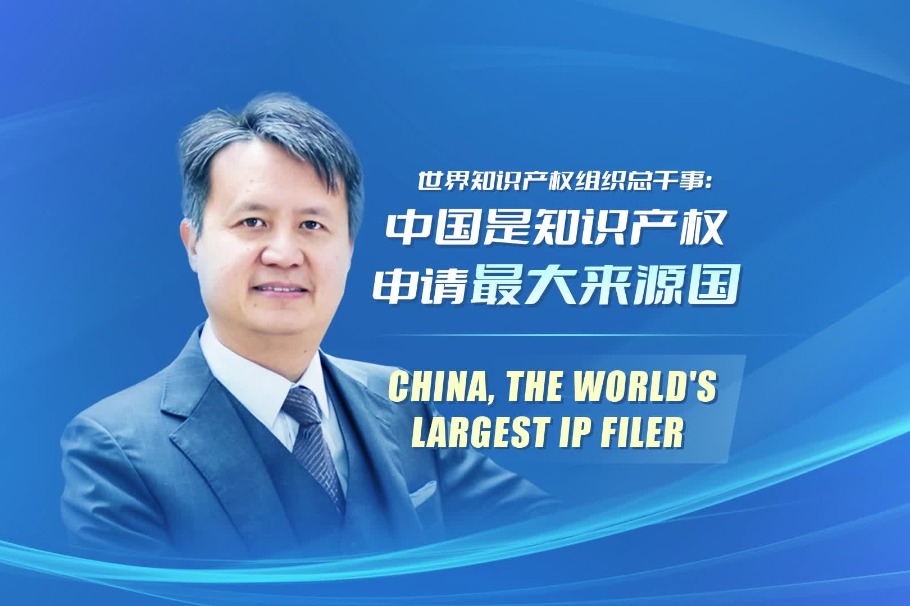More patent disputes being solved, figures show


Use of administrative adjudication to settle IPR cases becoming a national trend
The number of China's administrative adjudication cases on patent infringement disputes has showed an upward trend in the past few years.
To a large extent, this safeguards the legitimate rights and interests of market players and their enthusiasm for innovation.
Data released by the China National Intellectual Property Administration show that from 2019 to 21, the number of patent infringement disputes through administrative adjudication increased by some 16.3 percent year-on-year.
Meanwhile, the average time for making administrative decisions and handling cases was reduced by one-third compared with the statutory time limit.
Administrative adjudication of patent infringement disputes is one of the important methods of patent administrative protection.
It has the characteristics of high efficiency, low cost and professionalism, and plays a key role in ensuring "fast, accurate and practical" patent protection, according to the administration.
In recent years, the administrative adjudication system has been strengthened at the national level and started taking root in the protection of intellectual property rights across China.
Sichuan province built its own post-arbitration guidance mechanism called "Notification Before Trial" and "Guidance After Trial".
The mechanism refers to the provision of extended services for adjudication where the petitioners could improve their IPR measures and reduce the risk of being infringed and the respondents can improve their awareness of IPR and avoid repeated infringements.
Cheng Xiezhong, a professor at the School of Law of China University of Political Science and Law, said that the main function of administrative adjudication is to resolve civil disputes closely related to administrative management activities.
"How to improve the efficiency of IPR protection is a challenge faced by the administrative adjudication of patent infringement disputes," Cheng said.
In this regard, the exploration of innovative mechanisms is necessary across various local practices.
Shanghai uses a judicial confirmation system for administrative mediation agreements.
That is, through the judicial confirmation mechanism, it enhances the formal determination and enforceability of administrative mediation agreements for IP disputes.
Since the IP management department has no power to enforce an administrative mediation agreement, if one party refuses to perform or fails to perform the mediation agreement, the other party may apply to the local people's court for enforcement, according to that system.
This strengthens the enforcement effectiveness of the administrative mediation agreement and the connection between administrative and judicial protection.
In South China, the Guangdong Intellectual Property Administration and the Patent Examination Cooperation Guangdong Center of the Patent Office of the CNIPA signed a cooperation agreement to jointly build a technical support mechanism for patent infringement determination.
They intend to make use of their technical resources and professional patent examiners to handle cases, provide consulting services and technical support.
The GIPA is promoting the Guangdong Patent Agency Association to establish an IP dispute mediation center and an IP rights protection assistance center to provide auxiliary services for administrative adjudication.
During the on-site inspection and trial of a case, the patent administrative adjudication department will invite patent examiners and other technical investigation experts to give professional opinions and assist in handling technical issues.
In addition, other provinces including Jiangsu, Hubei, and Zhejiang are building an online case-handling system for administrative adjudication, and to strengthen the data set of the work system.
For instance, the Hubei Intellectual Property Office developed a unified Hubei Province Administrative Adjudication System for Patent Infringement Disputes.
It includes such functions as automatic generation of case documents; verification of key information; online handling of the entire case; traceability of the whole process; management and control traceability; seamless data connection with case analysis from the CNIPA; data rights protection; and big data research and judgment.




